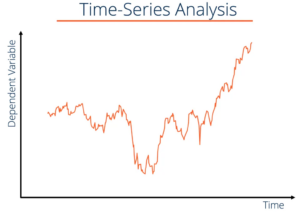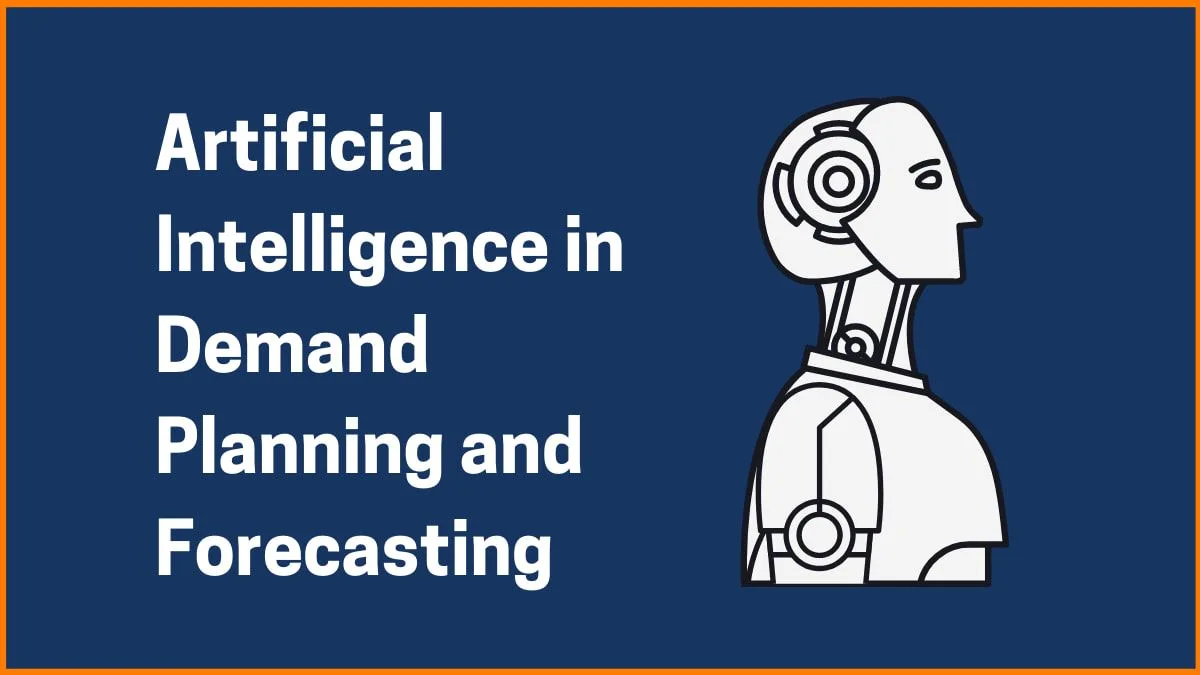In today’s fast-paced and competitive business landscape, accurately predicting customer demand is more critical than ever. Even minor mismatches between supply and demand can result in major revenue losses or operational inefficiencies. Demand planning is an integral yet challenging aspect of business strategy. Accurately predicting future demand enables organisations to optimise inventory, supply chain, and production capacities. However, traditional statistical forecasting techniques often fail to account for real-world complexities.
Intelligent algorithms can analyze multivariate data sources to generate accurate demand projections. As a business leader, getting demand forecasting right can make all the difference in shaping your inventory planning, production schedules, and overall growth strategy. Read on to understand how AI is revolutionizing demand forecasting – helping companies optimize their business operations for the future.
The Need for Intelligent Demand Forecasting
Traditional demand forecasting techniques rely heavily on analyzing historical sales data to identify trends and make projections. However, in today’s dynamic markets, past sales data has limited value in anticipating future customer needs.
Factors like new product launches, marketing campaigns, competitive moves, and economic conditions can significantly impact demand – but are not captured in historical data. Relying solely on such data often leads to forecasting errors and drives suboptimal business decisions.
This is where AI comes in. Sophisticated machine learning algorithms can process volumes of multidimensional data to detect hidden patterns and relationships. When applied to demand forecasting, AI provides actionable insights by combining historical data with leading indicators, demand drivers, and market variables.
The result? Forecasts that are much more accurate and relevant than those generated by traditional statistical methods. AI enables companies to sense shifts in demand much earlier and respond more swiftly.
AI Techniques to Power Demand Forecasting
Several machine-learning techniques can be used to build intelligent forecasting models. They include:

- Time series analysis – Analysing historical time-stamped sales data to reveal seasonal, cyclic, and trend-based patterns in demand over time. This helps businesses better plan for foreseeable spikes or drops in future demand. Techniques like LSTM neural networks are commonly used here.. Read more

- Regression analysis – Identifying correlations between demand and business factors like pricing, promotions, product availability, etc. This enables businesses to quantify the impact of these factors on sales. Regression models like ARIMA are ideal for modeling such relationships. Read more

- Sentiment analysis – Monitoring customer sentiment on social media, review forums, etc. to estimate how market perception and interest levels impact demand. Text and sentiment mining techniques help analyze these unstructured data sources.
- Causal analysis – Determining causality rather than just correlation, to understand how specific marketing levers truly affect product demand. Causal ML models help figure this out.
By blending these techniques, AI forecasting engines can make remarkably accurate projections – significantly lowering the MAPE (Mean Absolute Percent Error) compared to traditional approaches. The models should be re-trained and evaluated periodically to maintain accuracy as new data emerges.
The Myriad Benefits of AI-Driven Forecasting
The implementation of AI-based demand forecasting delivers significant advantages, as demonstrated in real-world examples:
Danone, a major French food products manufacturer, leveraged machine learning to enhance its demand forecasts. This addressed challenges around volatile demand, short product shelf-life, and frequent promotions that complicated traditional forecasting. The AI-driven system improved inter-departmental planning between sales, supply chain, finance, and marketing teams. By optimizing inventory balances, Danone achieved target service levels for channel and store inventories. source
The key benefits Danone realized reflect how AI transforms demand forecasting:
- Improved accuracy – Machine learning algorithms continuously improve forecasts by learning from data over time.
- Higher customer satisfaction – Precise forecasts minimize stockouts, enabling consistent product availability. This builds customer loyalty.
- Enhanced workforce planning – Demand projections optimize staffing needs and balance between full-time and part-time roles.
- Markdown optimization – Tighter forecasts reduce excess stock, cutting inventory costs and minimizing product obsolescence.
- Overall efficiency – Teams spend less time correcting inventories and more on strategic initiatives.
Danone’s AI-powered demand planning cut lost sales by 30%, slashed product obsolescence by 30%, reduced forecast errors by 20%, and halved planners’ workload.
Feeding the Right Data for Accurate AI Predictions

The accuracy of any machine learning model relies heavily on the quality and diversity of data used to train it. When implementing AI for demand forecasting, businesses should feed the models with relevant historical and contextual data from various sources, including:
Historical sales data – Time Series records of past sales, ideally at a granular level like SKU-store-day, provide crucial patterns of baseline demand that models can analyze. Long-term multi-year data captures seasonality while recent data reflects the latest trends.
Pricing and promotions data – Detailed records of pricing changes, discounts, coupons, etc., and their impact on sales volumes. This data enables models to quantify price-demand elasticity and correlate promotional activities with demand fluctuations.
Product availability data – Captures stock-out events, inventory levels across stores/warehouses, and other metrics indicating product availability. This helps models analyze the impact of availability on consumer purchase behavior.
Competitive intelligence – Pricing, product introductions, promotions, etc. of competitors, scraped from public sources or purchased. Allows accounting for competitors’ moves that can divert demand.
Channel trends – Granular sales analytics by channel such as brick-and-mortar stores vs. e-commerce vs. other channels. Enables detecting channel-specific demand trajectories.
Macroeconomic indicators – Leading indicators like employment rates, GDP growth, inflation, etc. can drive consumer spending power and market-level demand.
Market research – Sentiment analysis of surveys, social media, and forums to include voice-of-customer in forecasting models.
Weather data – Historical weather data linked to sales, to uncover correlations between weather and demand surges for certain products.
Implementing AI Forecasting – Challenges and Best Practices
Most critically, clean, well-integrated data is an absolute prerequisite. Low-quality, fragmented data severely impedes model training and cripples forecast accuracy. Ensuring standardized, complete data across systems and sources is essential for reliable model inputs. For instance, data gaps or inconsistencies between CRM and ERP records would provide a misleading view of sales histories.
Secondly, dedicated in-house data science teams or trusted external partners are needed to develop and deploy the AI models. Additionally, engraining organizational trust in model outputs takes change management, as forecasting teams transition from intuitive to data-driven methods.
Ongoing monitoring and periodic retraining are also key to maintaining accuracy as markets change. However, best practices can drive successful adoption:
- Pilot with high-value products first before company-wide implementation
- Standardise data quality and integrations for clean model inputs
- Blend quantitative model outputs with experienced qualitative insights
- Continually evaluate model performance and refine as needed
Looking Ahead
As customer behavior and market dynamics get increasingly complex, AI will become pivotal for demand sensing and forecasting – not just as a point solution, but as an integral piece of the planning process. While adopting these powerful technologies requires thoughtful change management, the payoff in terms of revenue impact, cost reduction, and streamlined operations make it a compelling investment.
With the abundance of data and the maturity of AI today, building forecasting models that mimic market intricacies and even human intuition is highly achievable. However, businesses should invest in the right talent and technology infrastructure for successful adoption. With robust implementation, AI-based demand sensing unlocks immense strategic value.
